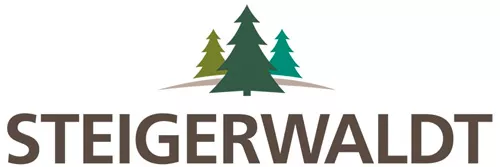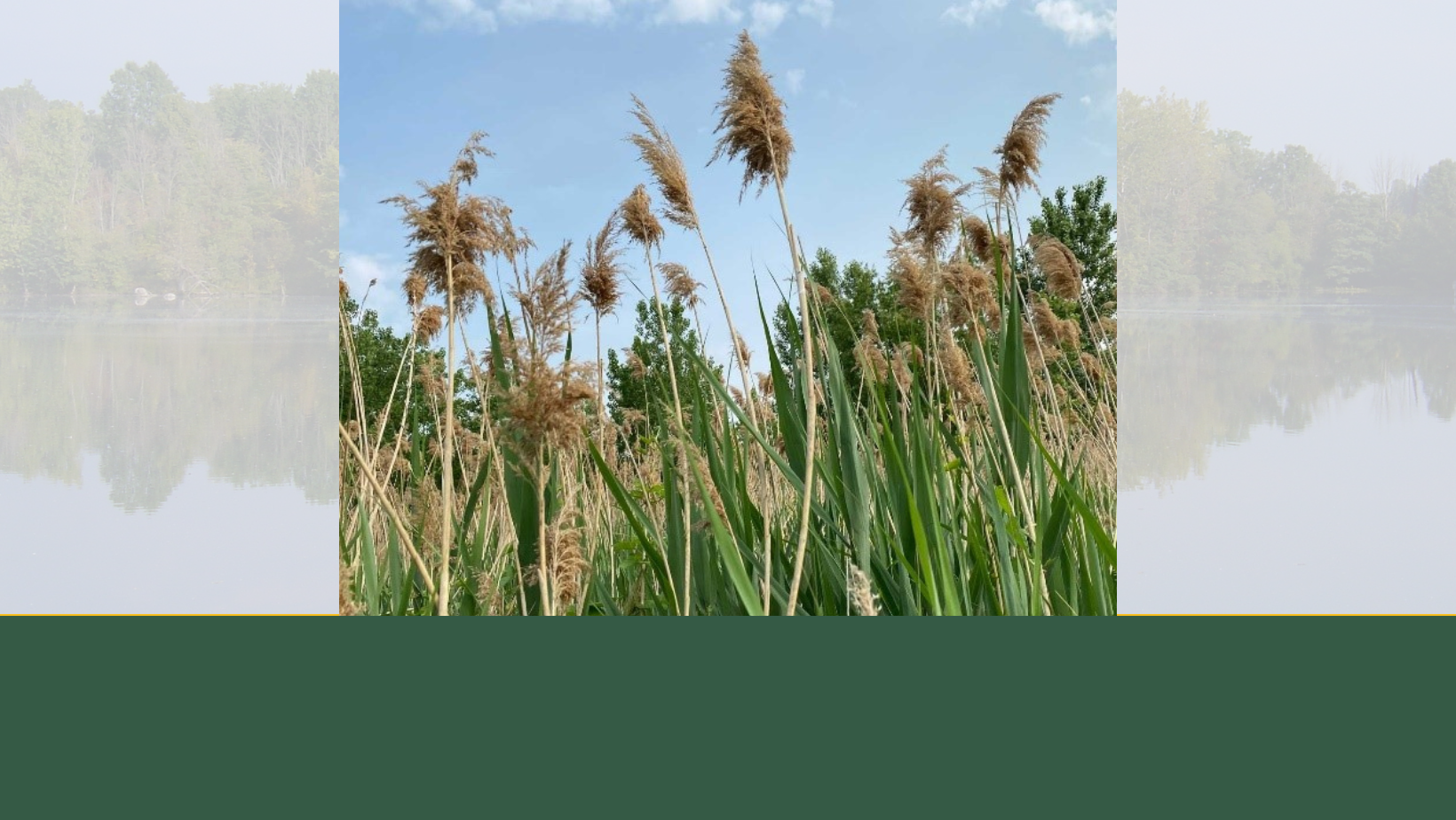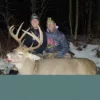Spring Invasive Plant Management
Spring is in the air and the forests are green with spring ephemeral beauties like Trillium, Dutchman’s Breeches, Trout Lily, Bloodroot, Jack-in-the-pulpit, and Mayapples. This also means that the invasive woodland plants are out and about again. As people are out enjoying their land and planning for the upcoming hunting season, now is the best time to canvas your property for invasive species.
Invasive plants are spread via roadways, ATV and UTV tires, hiking boots, wind carry, and wildlife. The rapid spread, and lack of native competition, means that an introduced undesirable plant can easily outcompete native vegetation, prevent forest regeneration, and alter and damage sensitive ecosystems. The largest offenders in the Northwoods are Garlic Mustard, Japanese Knotweed, Buckthorn, Wild Parsnip, Purple Loosestrife, and Phragmites.
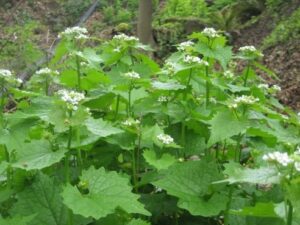
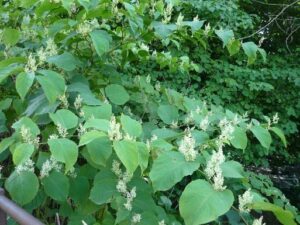
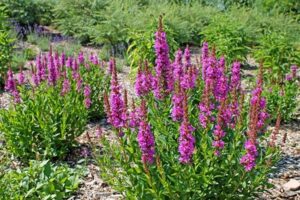
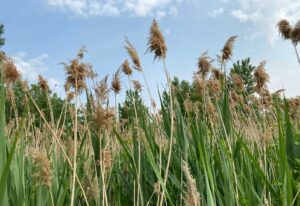
Once you have found an infestation there are a few management methods to help control the spread. All management is dependent on the size of the pocket and the plant species present. You can manually pull the plant and dig up roots without chemicals, but this can cause erosion in some areas and may expose more of the seed bank, allowing for quick regeneration of invasives. Manual removal also would not be effective against any rhizomatous spreading species like Japanese Knotweed or Phragmite. Another method of control is mechanically mowing herbaceous vegetation or girdling woody vegetation. One downside to mowing is it can damage native vegetation and set it back if it is completed too late in the season. Chemical control tends to be the most cost efficient and effective form of treatment as it minimizes soil disturbance and the treatment of only target plants.
Prevention is key for most invasive species. Always clean off your boots and equipment before moving to another property or site. If you lease your land or allow friends to hunt, ask them to keep their eyes open for any invasives. If you find an area with invasive plants, take the GPS coordinates so you can find the area again to treat and remove the vegetation.
Steigerwaldt can help you identify invasive populations, plan long term vegetation management, and create a treatment plan to rid your property of any undesirable plants and improve the health and habitat of your woodlands.
The WDNR may also be available to help you with grant programs to assist with funds for the removal of invasives on your property. To learn more about this program please report the invasives location and chat with WDNR staff.
https://dnr.wisconsin.gov/topic/Invasives/report
To discuss invasive plant management, contact our environmental specialists at [email protected]
Dani DeCloux – Environmental Operations Manager
